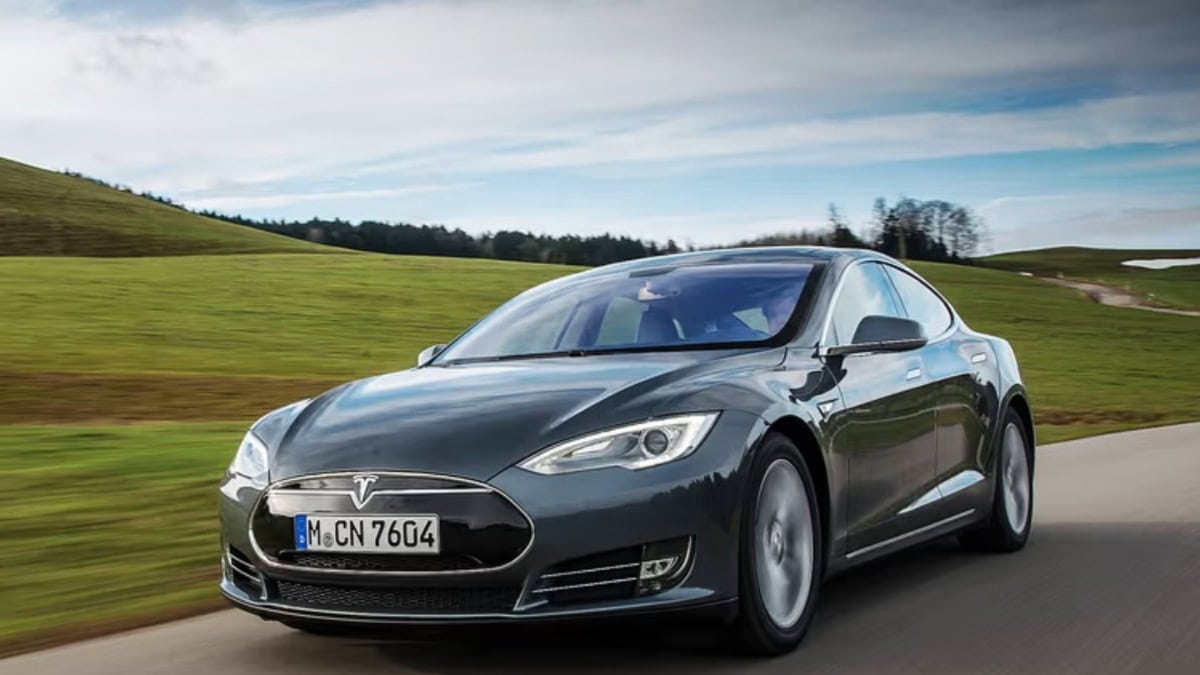
In a landmark decision, a federal jury in Florida has found Tesla 33% responsible in an autopilot crash lawsuit, marking a significant legal setback for the electric vehicle manufacturer.
The case involved a 2019 accident where 22-year-old Naibel Benavides Leon lost her life, and her boyfriend, Dillon Angulo, suffered serious injuries. George McGee was driving a Tesla Model S when it collided with a parked Chevrolet Tahoe while operating in Autopilot mode.
After deliberation, the jury ruled that Tesla shares 33% of the blame. The autopilot crash lawsuit resulted in a $243 million damages award against the company. This decision could have far-reaching implications for Tesla and the broader autonomous vehicle industry.
Tesla announced its intention to appeal the verdict, calling the ruling “wrong.” The company expressed concerns that the decision could set back automotive safety advancements and hinder the development of life-saving driver assistance technologies.
Tesla warned that the verdict outcome could disrupt industry-wide progress in autonomous driving innovation.
Autopilot Safety Under Scrutiny Amid Legal and Market Pressures
Following the jury’s decision, Tesla’s stock price dropped by 1.5%, reflecting investor worries about potential financial and reputational damage. The verdict has reignited debates over the safety of Tesla’s Autopilot, which is classified as a Level 2 system requiring active driver supervision.
Additionally, Tesla is facing a separate lawsuit from the California Department of Motor Vehicles. The DMV accuses the company of misleading consumers about autopilot’s capabilities, which could further impact Tesla’s business operations in California and possibly in other markets.
Brett Schreiber, the plaintiffs’ attorney, stated that the verdict represents justice for Naibel’s tragic death and Dillon’s lifelong injuries. He criticised Tesla for not limiting autopilot’s use to controlled-access highways, despite design specifications.
The Tesla autopilot crash lawsuit verdict is seen as a pivotal moment in the ongoing debate over responsibility and safety in autonomous driving technology. As scrutiny intensifies, this verdict could shape future legal standards and regulatory policies concerning self-driving vehicles.
